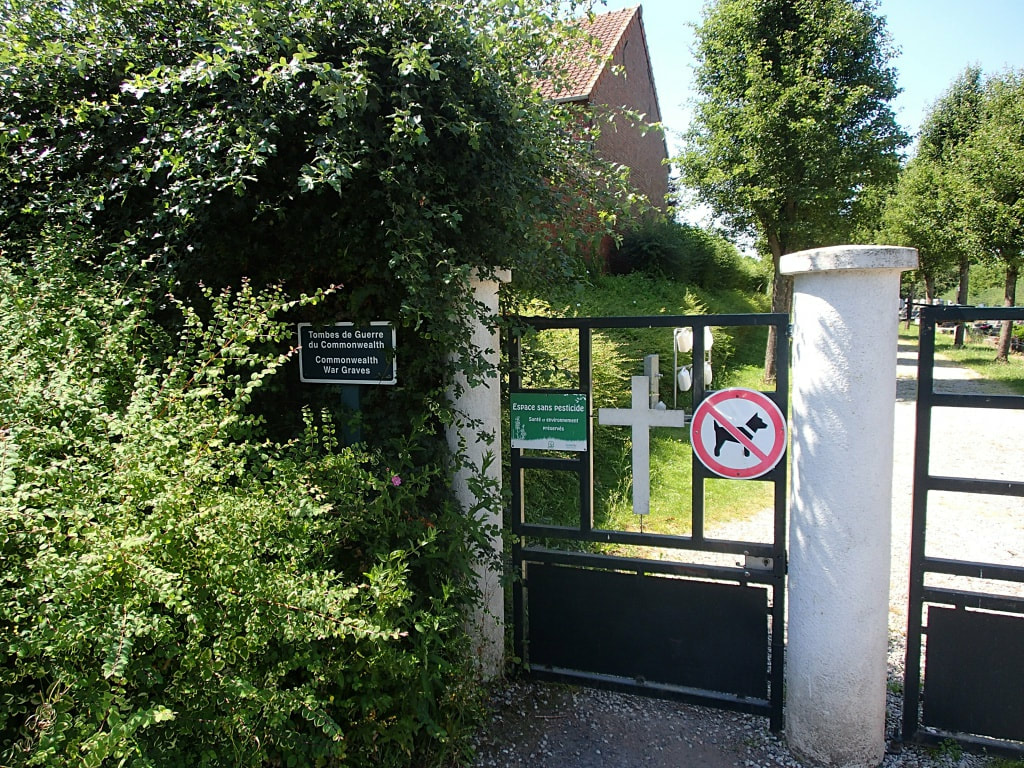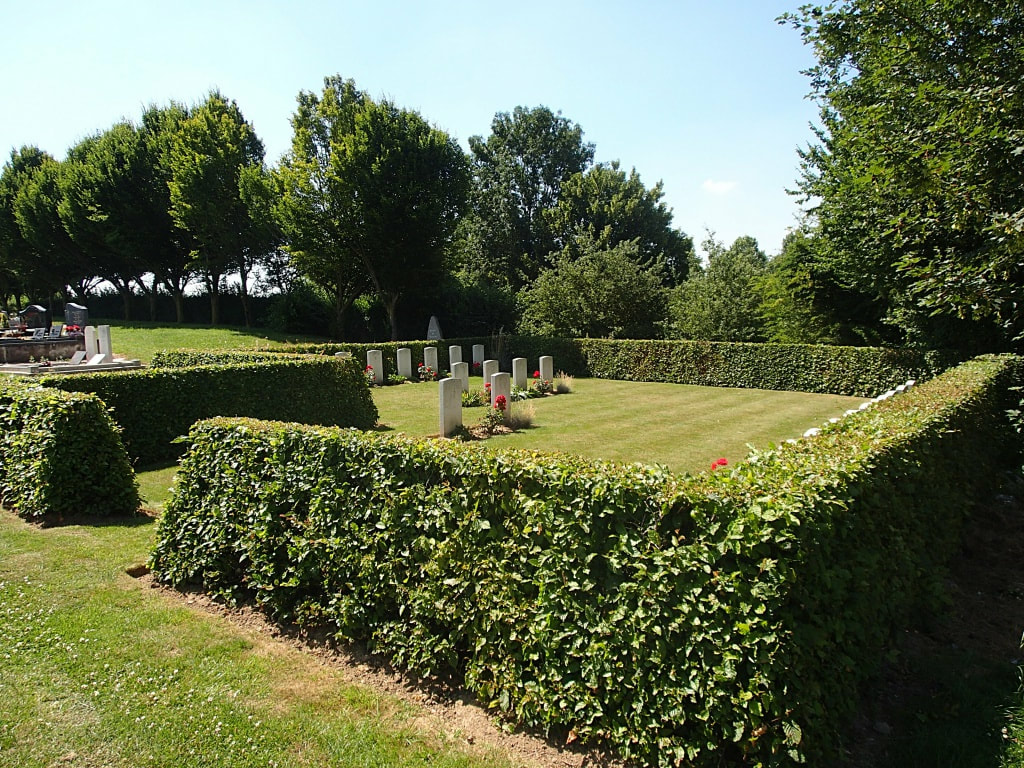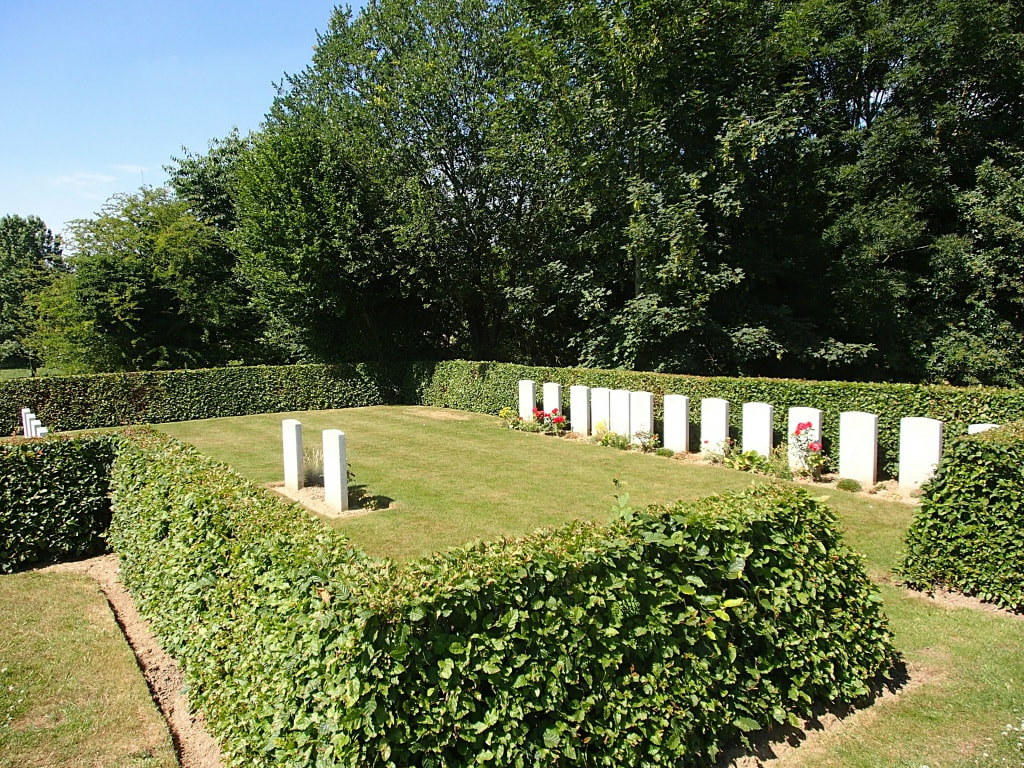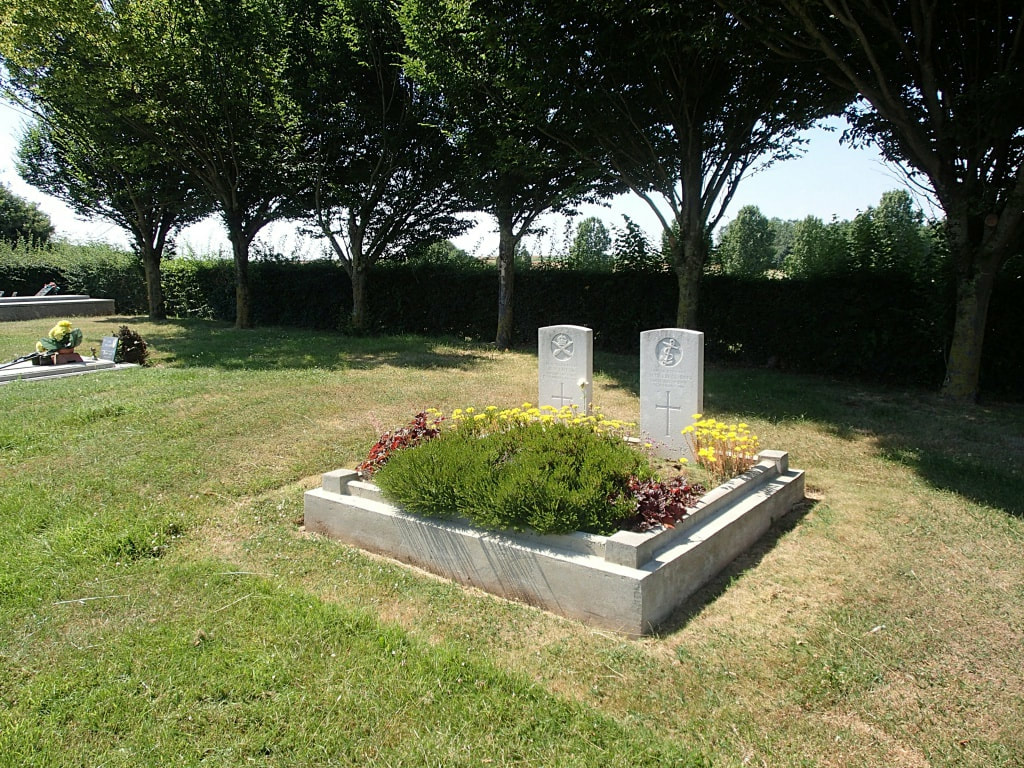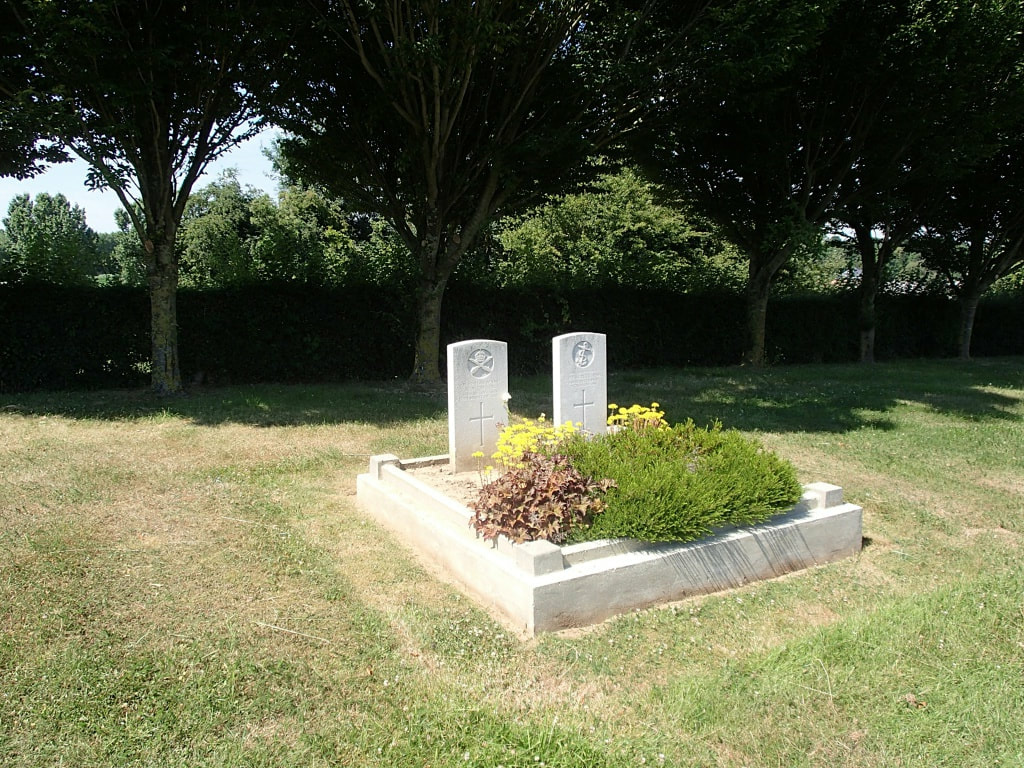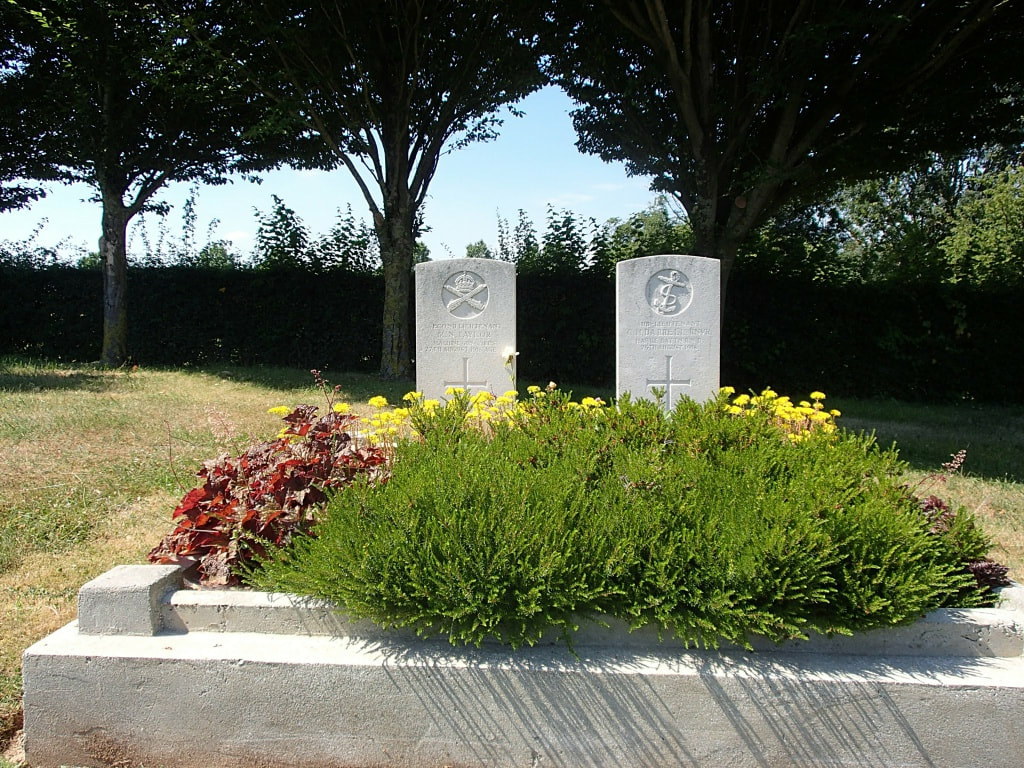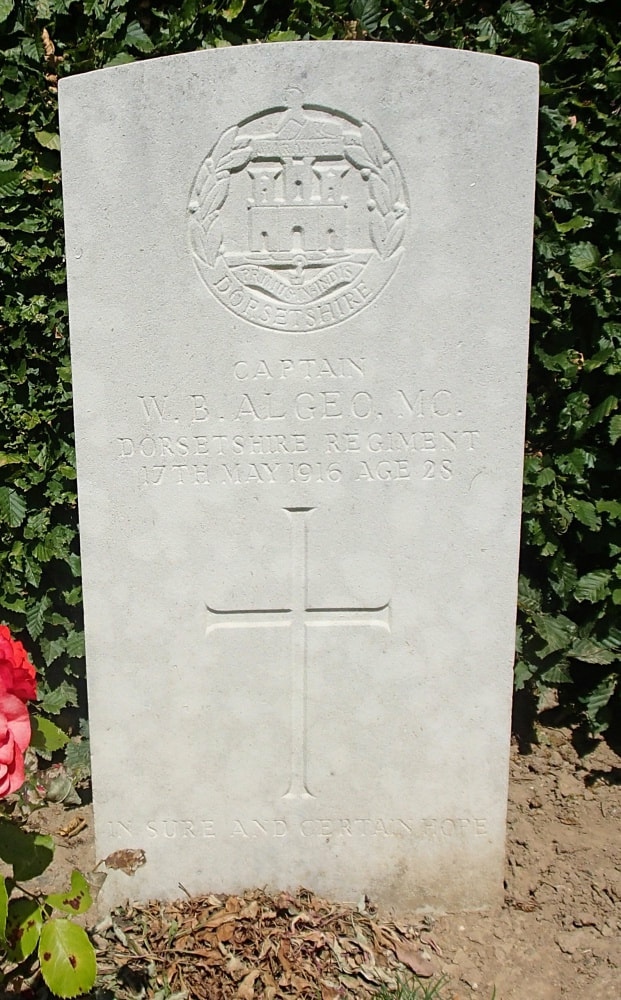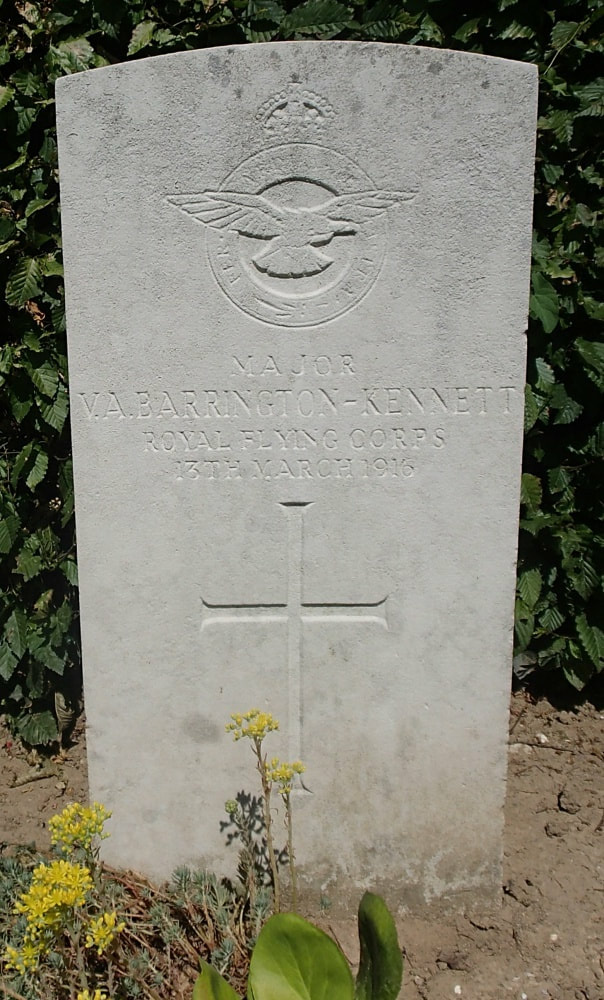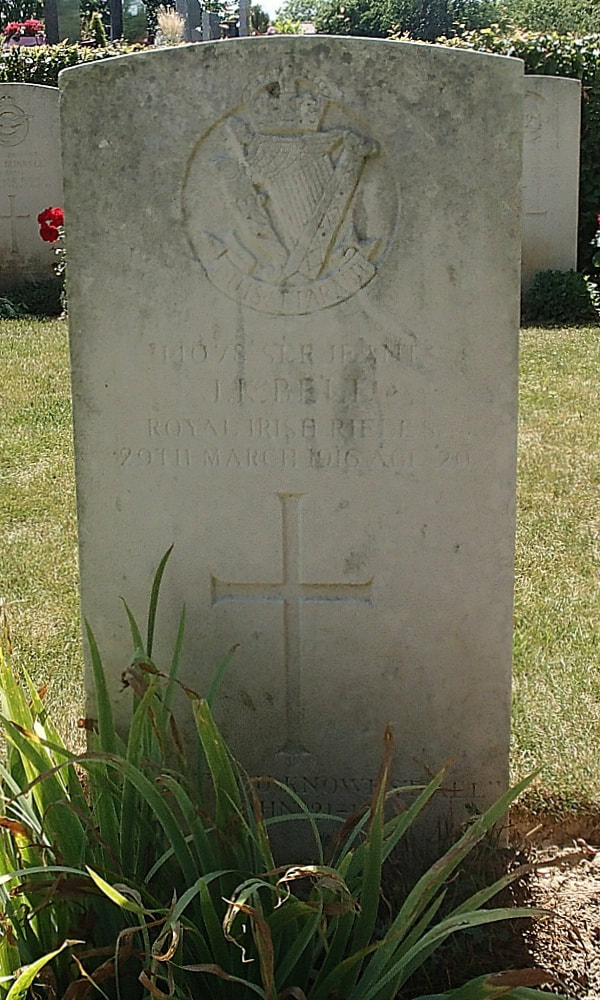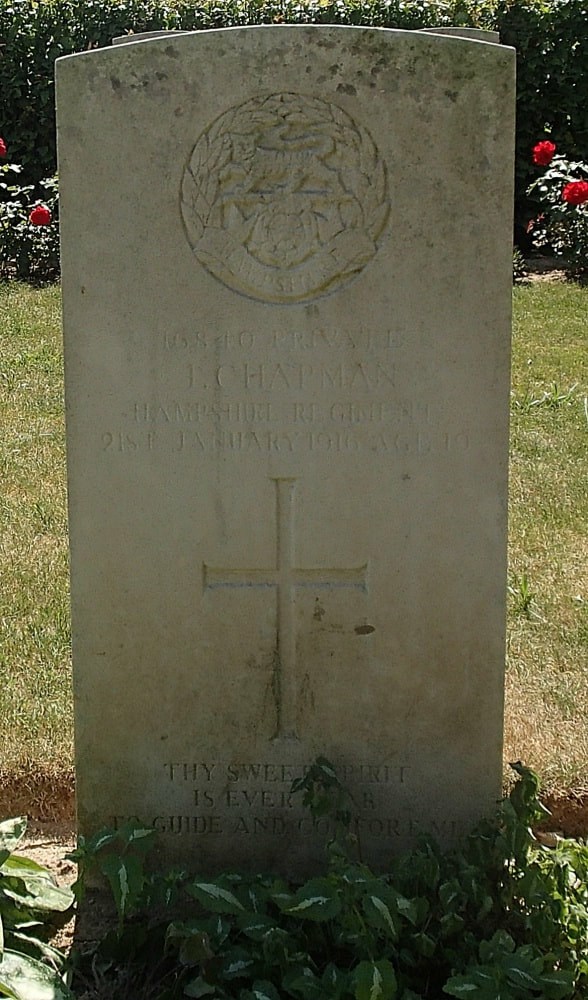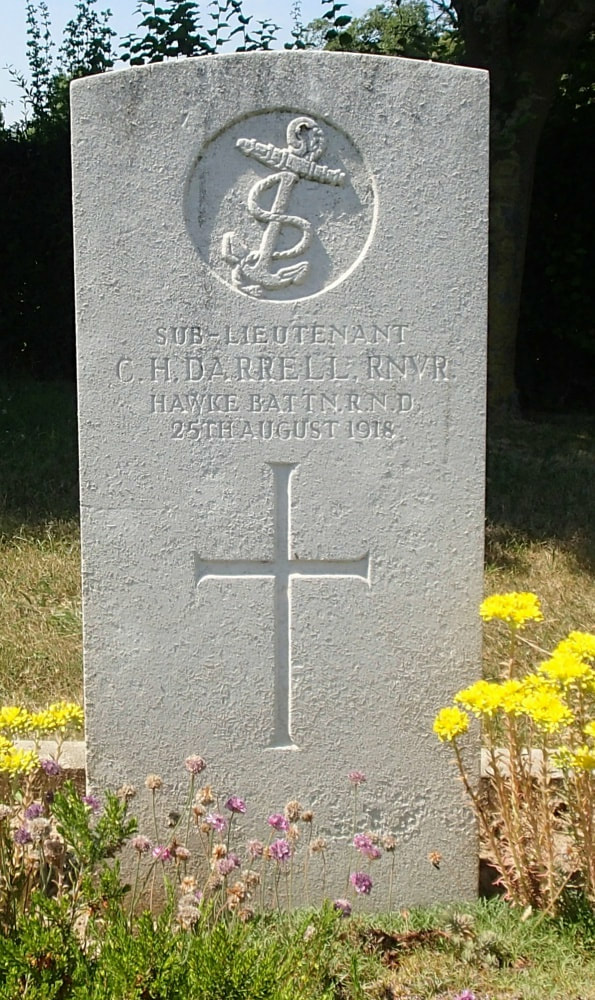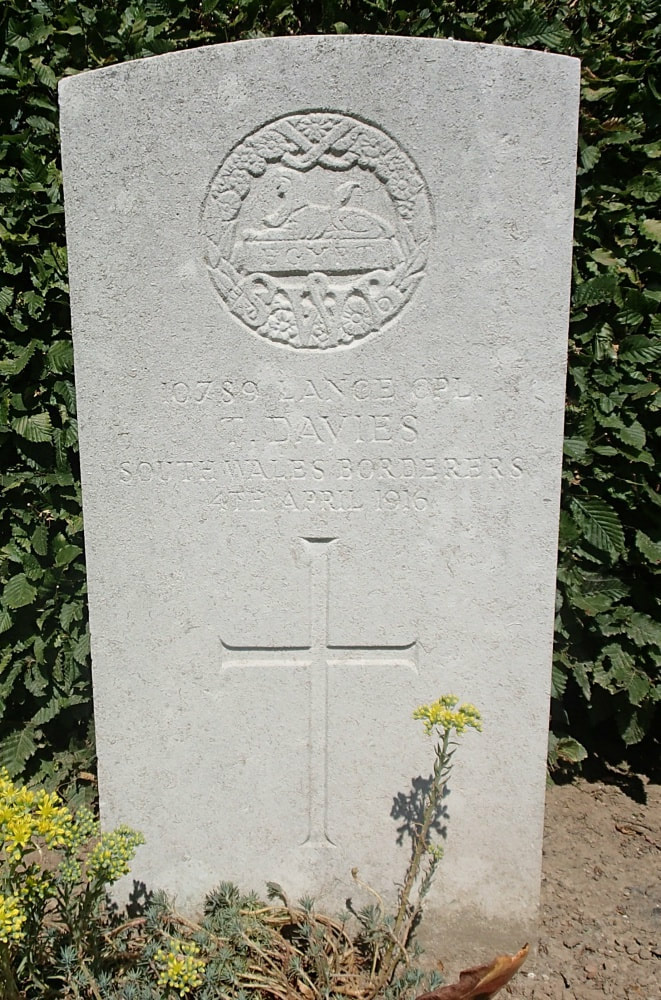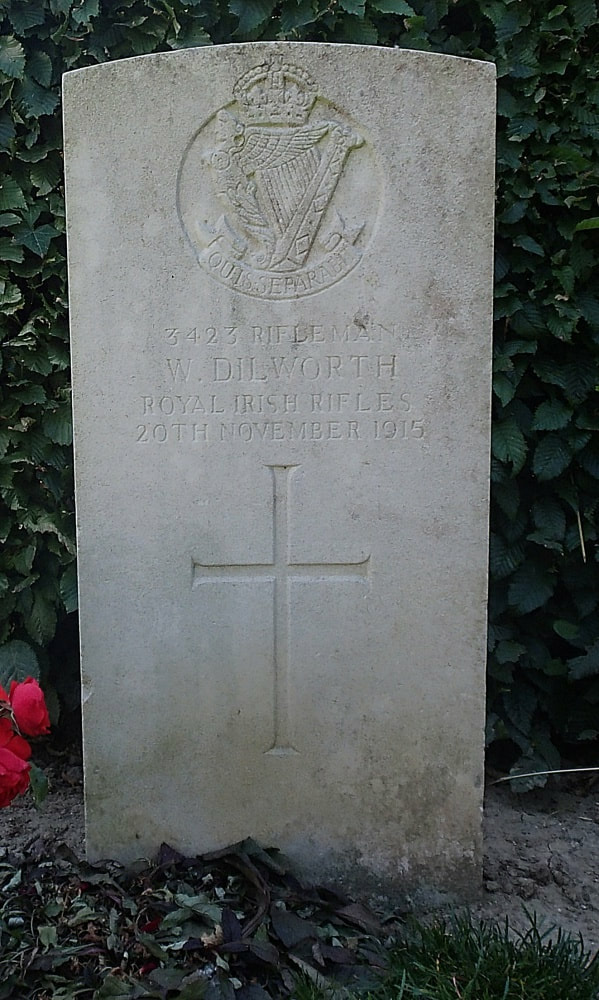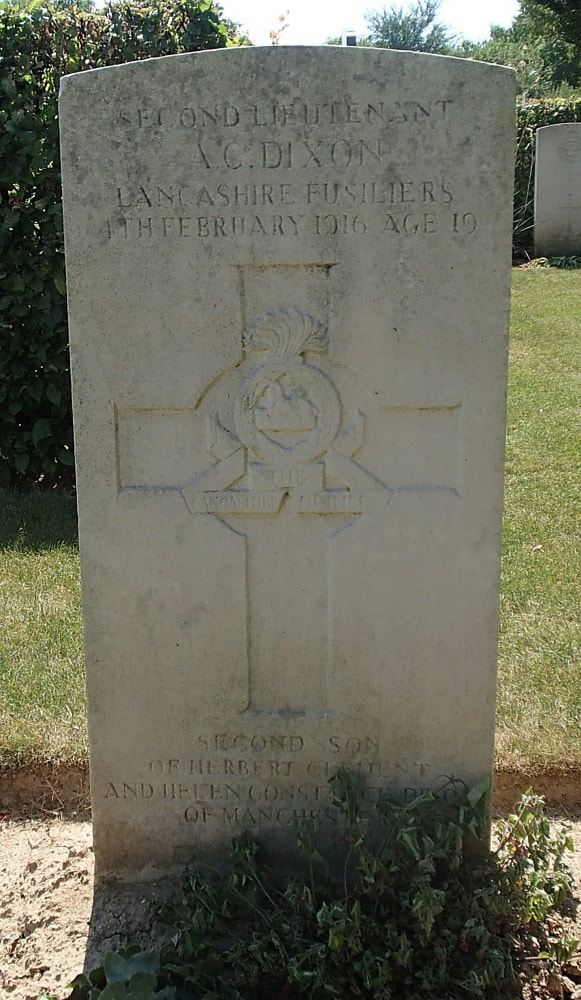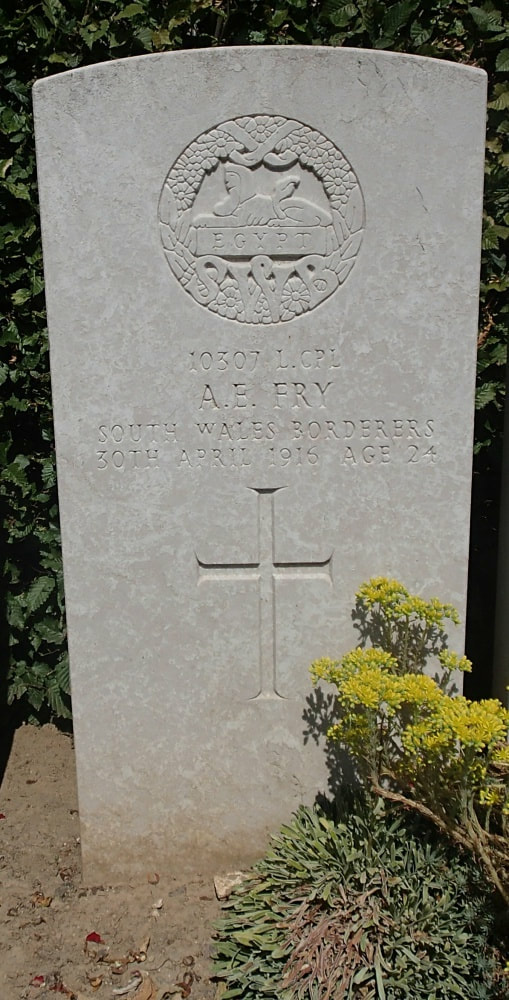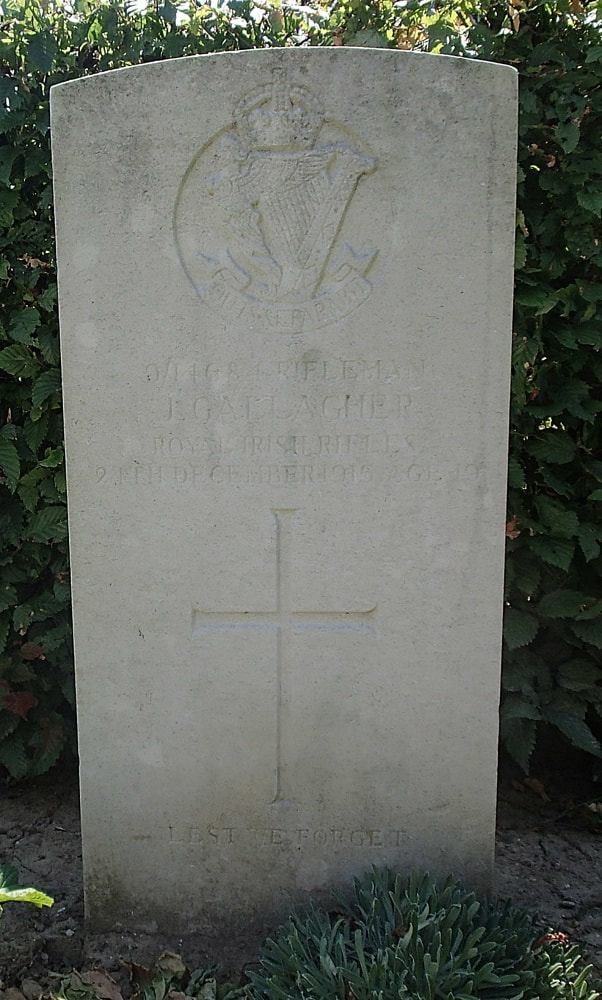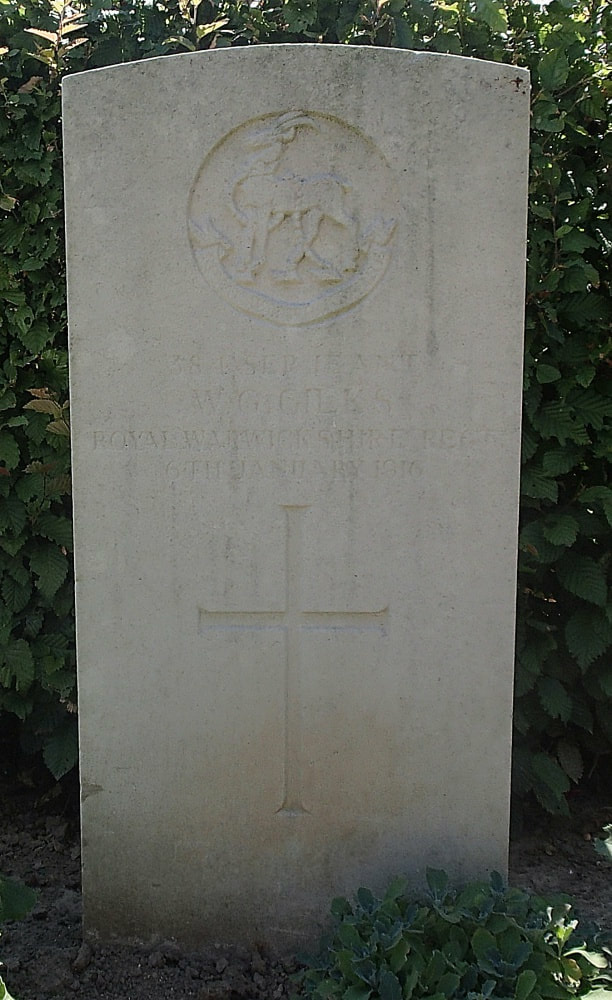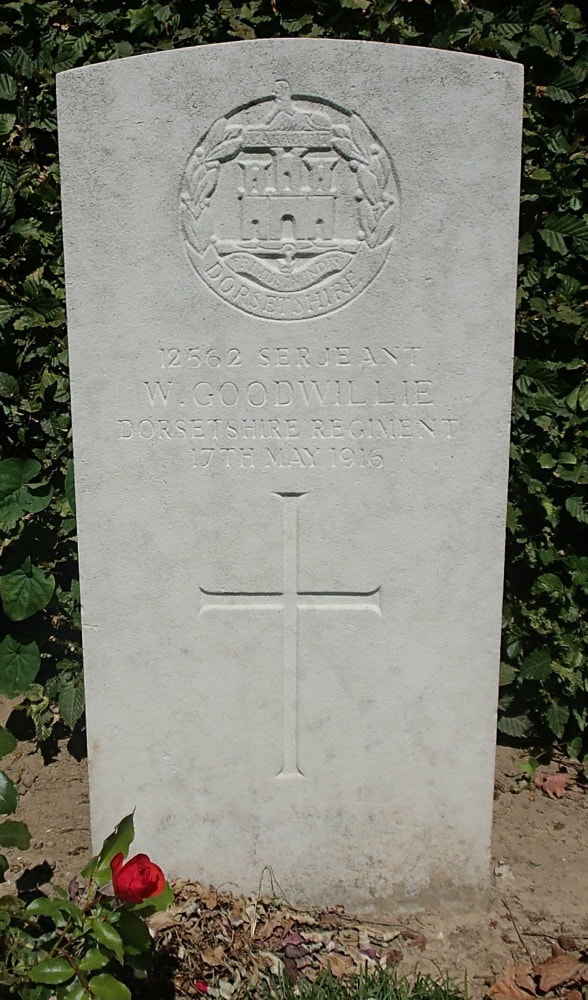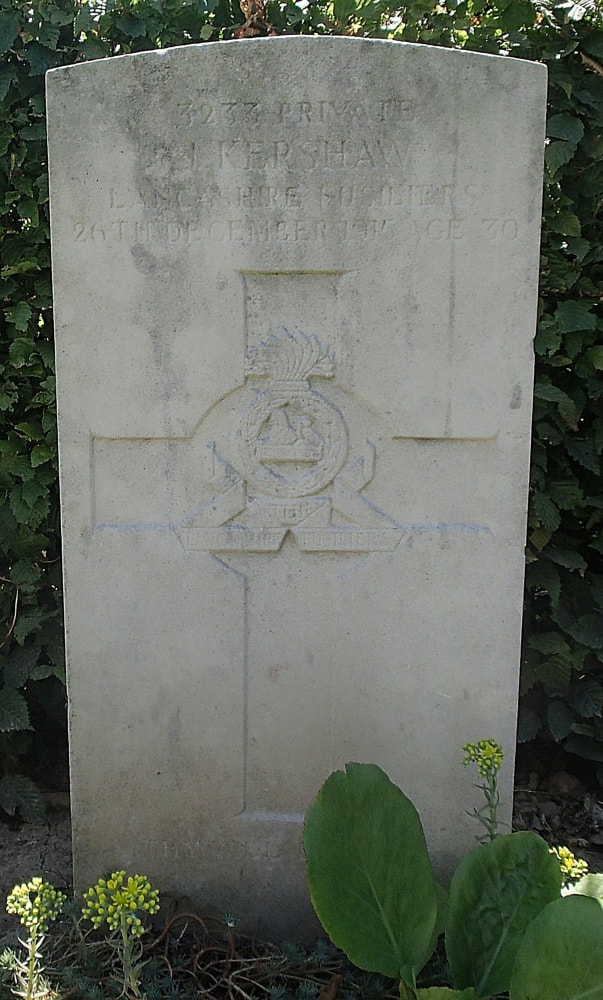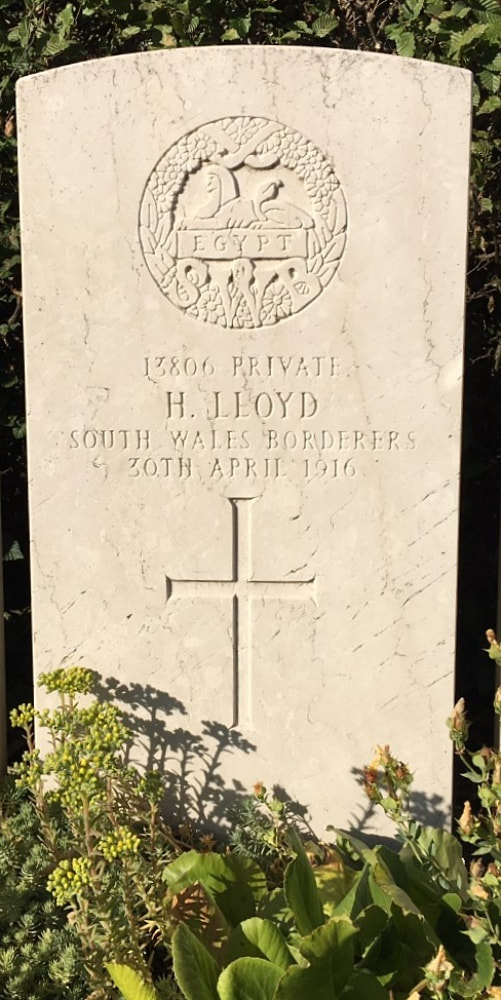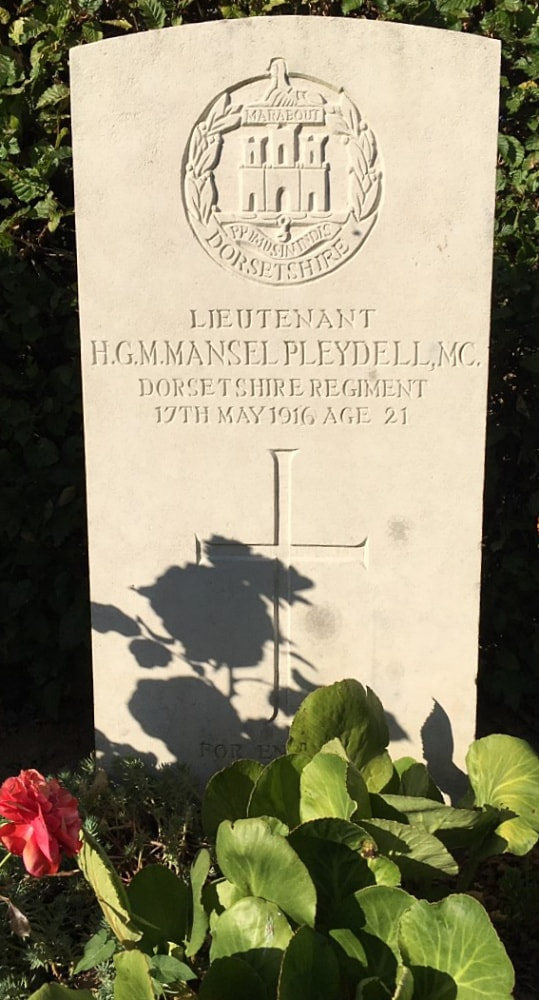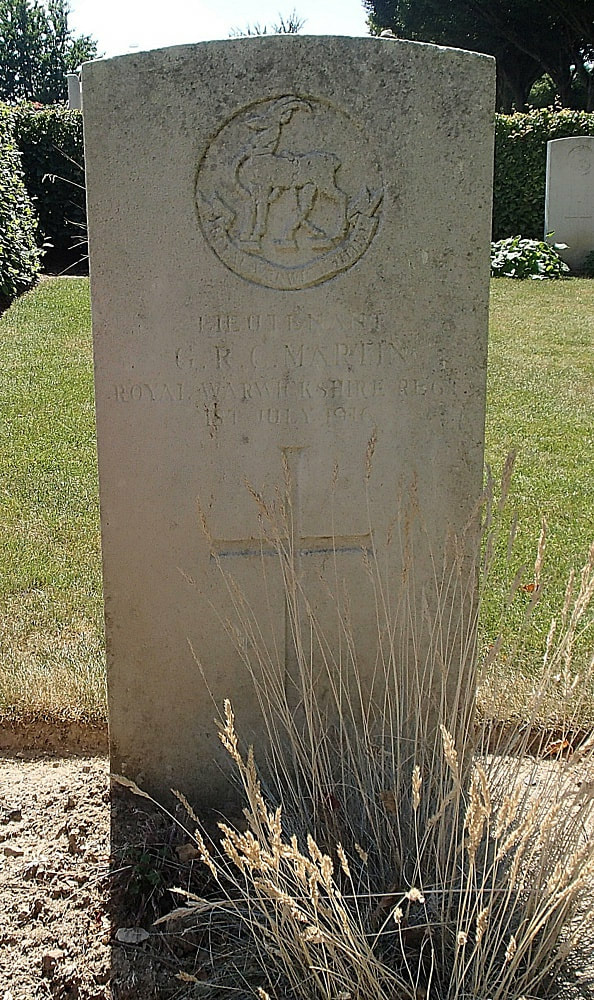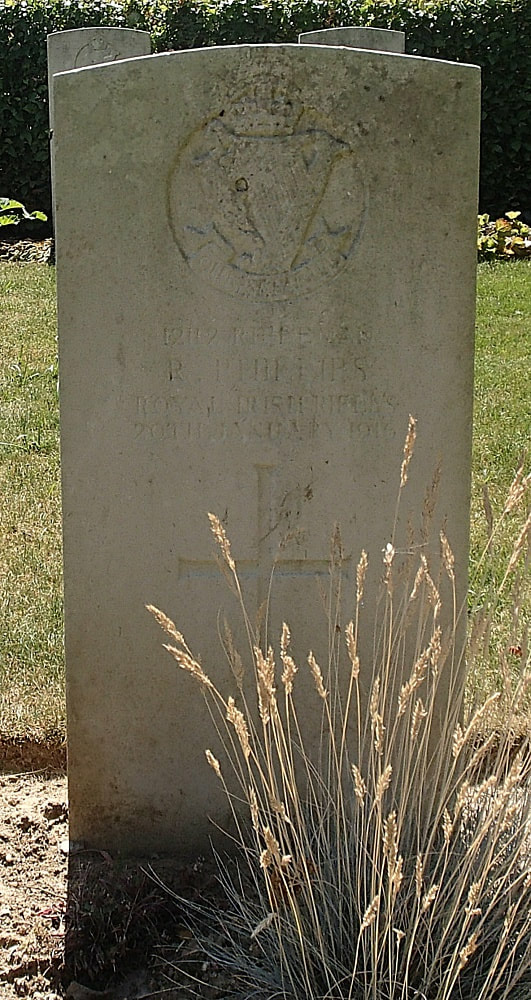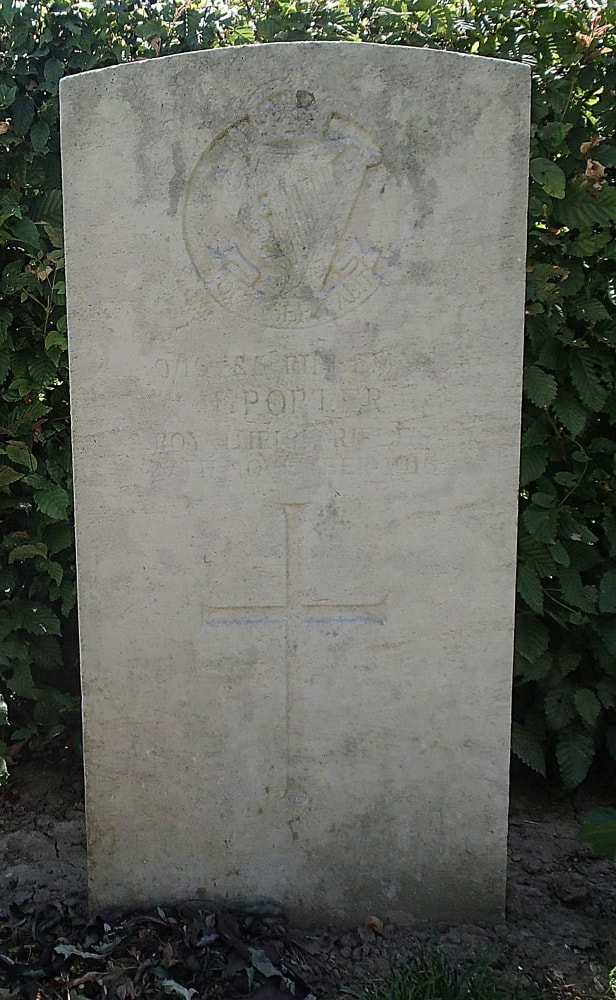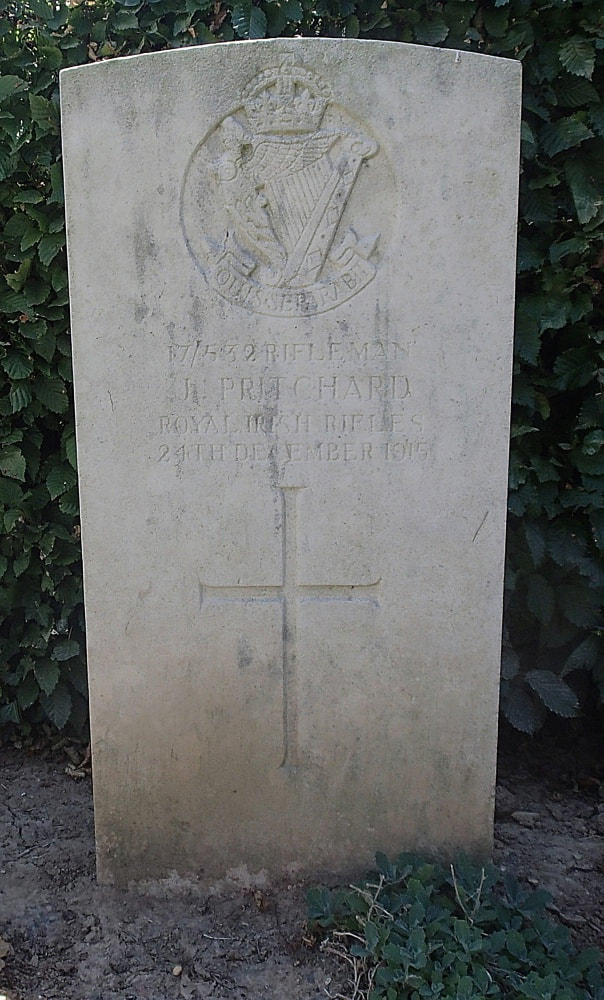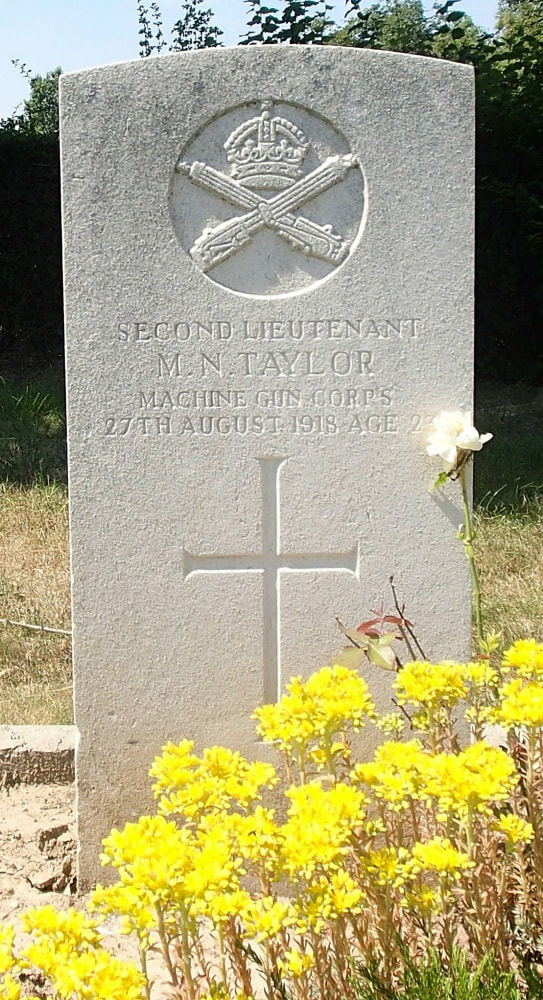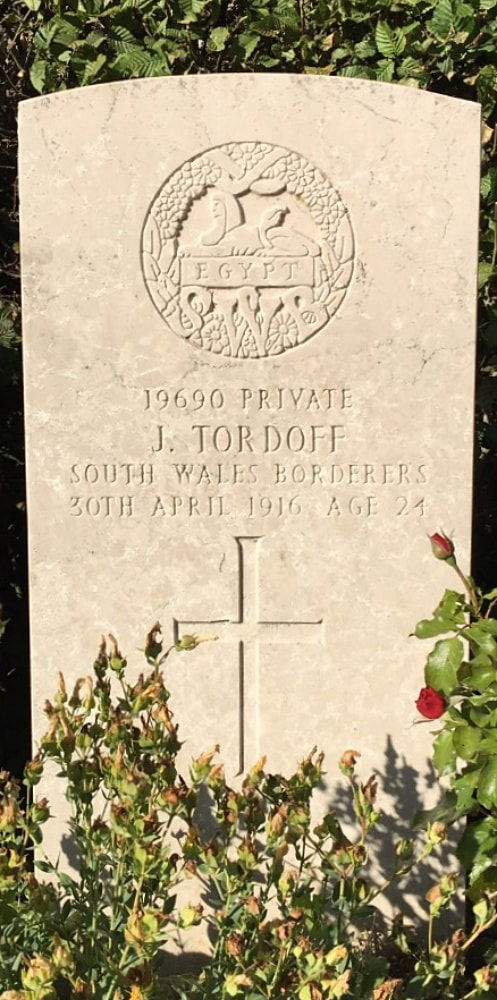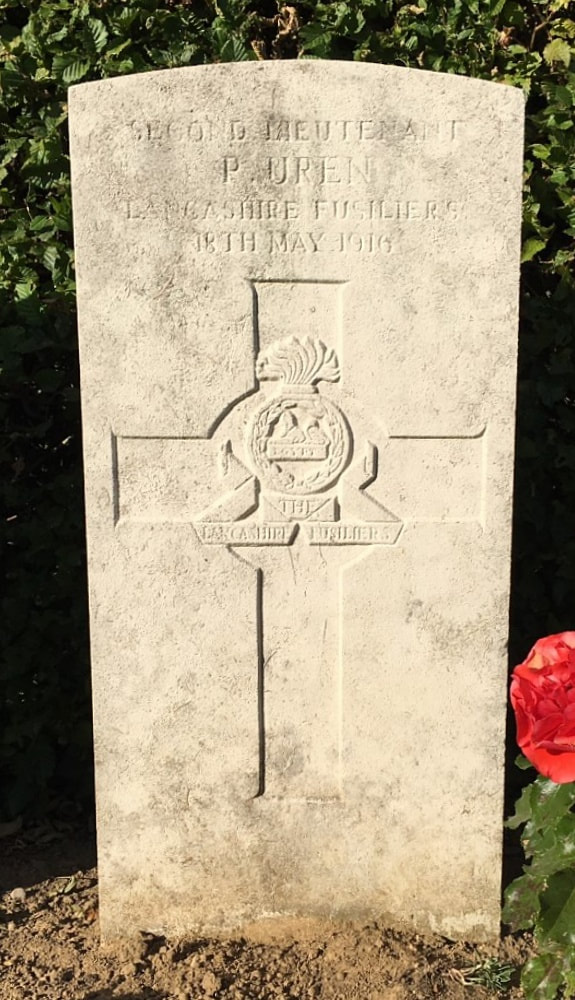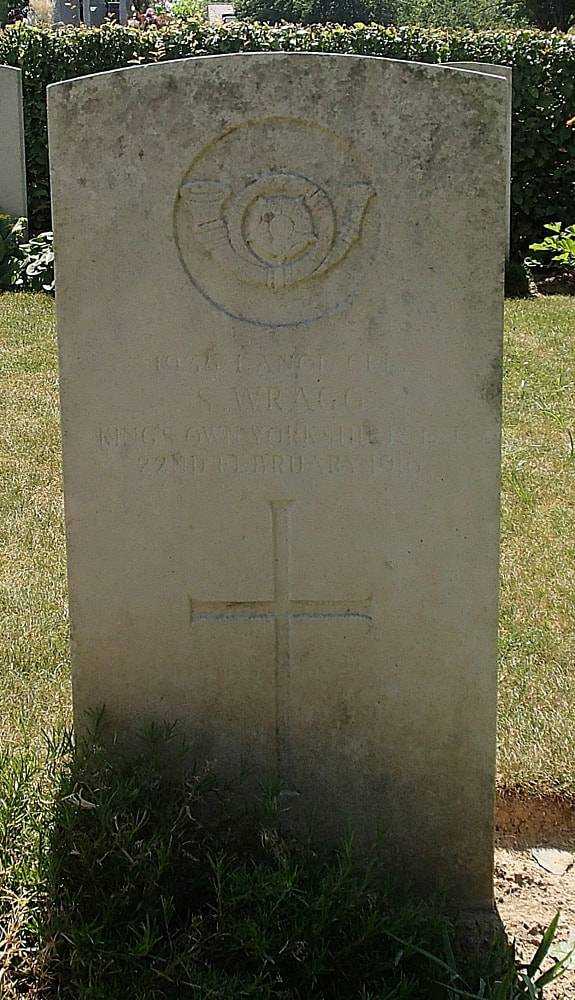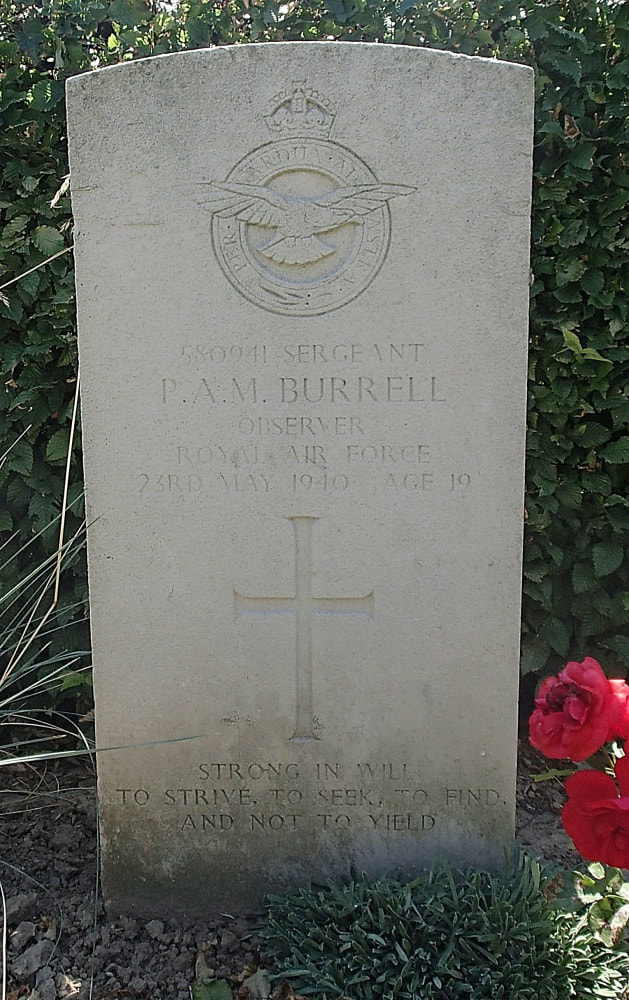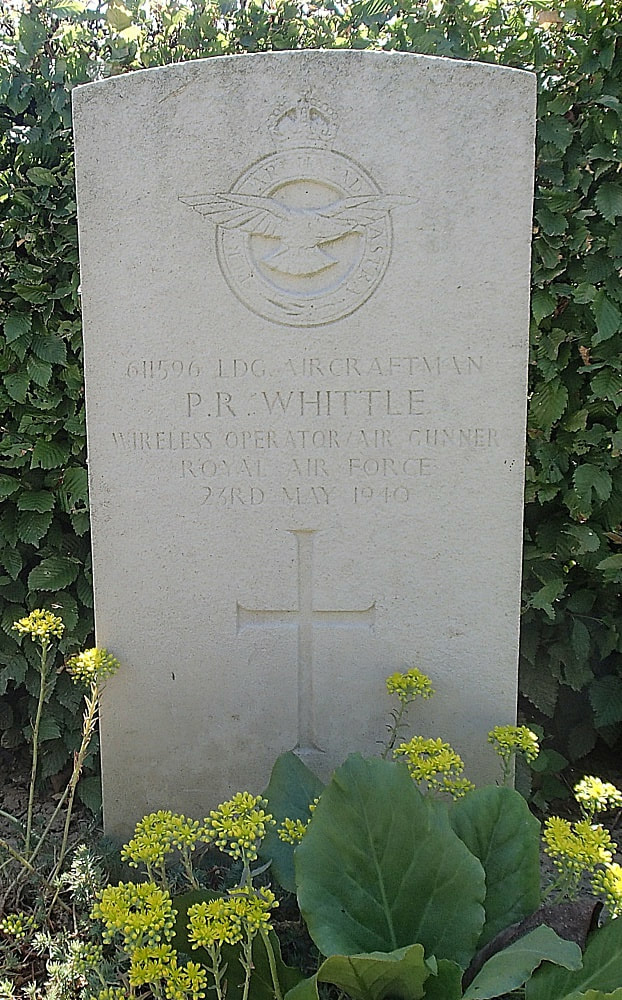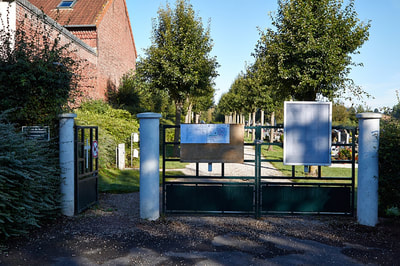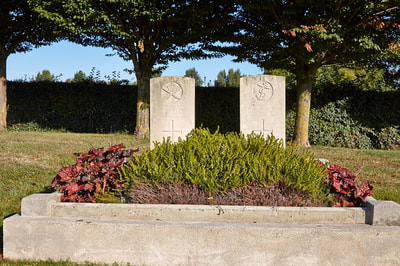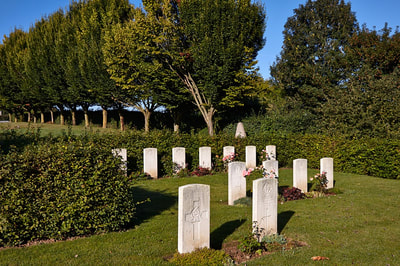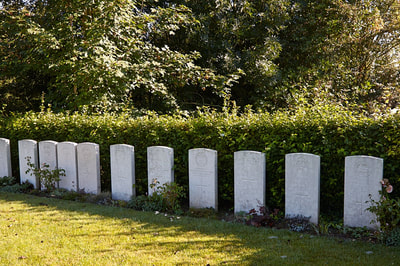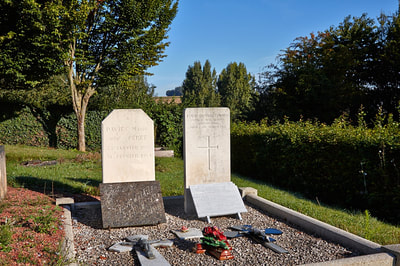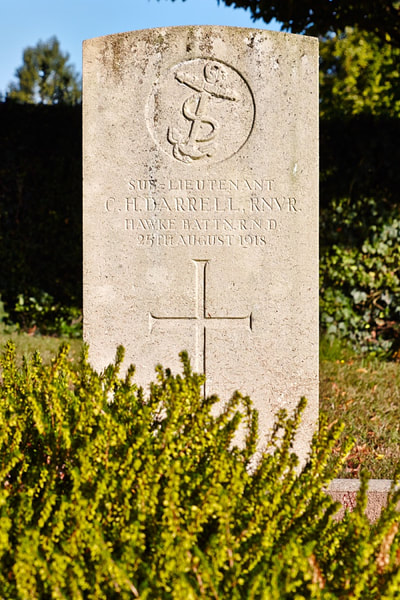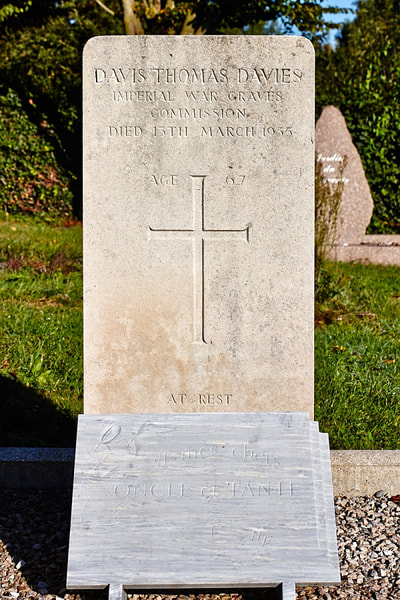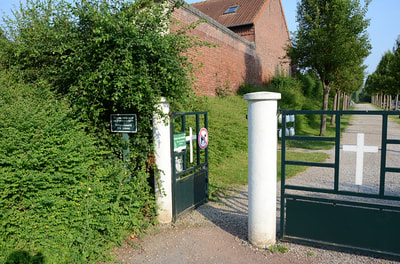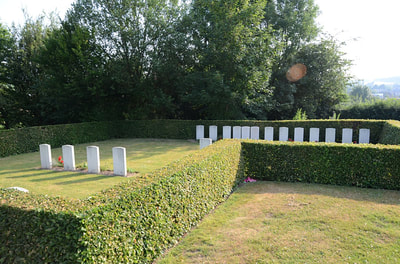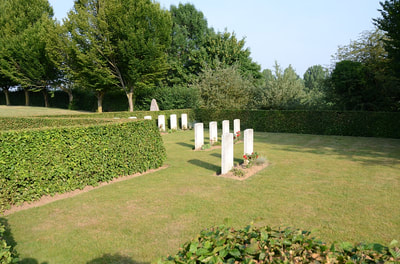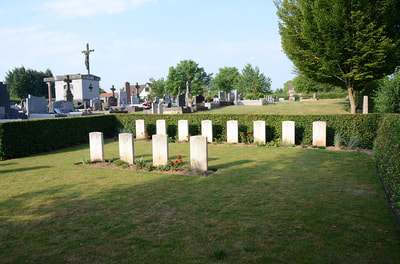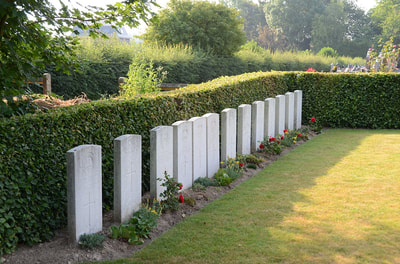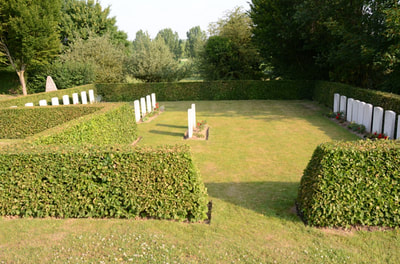MIRAUMONT COMMUNAL CEMETERY
Somme
France
Location Information
Miraumont is a village and commune about 13 kilometres north-north-east of the town of Albert on the D50 road. The Communal Cemetery is on the northern side of the village. In the centre of Miraumont take the street 'Rue du Cimetiere' which leads to the Communal Cemetery. (There is a signpost at the entrance of the Communal Cemetery, but none in the centre of Miraumont.)
Historical Information
Miraumont was occupied by British troops at the end of February, 1917, lost on the 25th March, 1918, and retaken by the 42nd (East Lancashire) Division on the following 24th August. It was later "adopted", with Colincamps and Courcelles, by the town of Burnley.
The Communal Cemetery was largely used by German troops, and soldiers from the Commonwealth were buried in it by the enemy.
There are now 27 Commonwealth burials of the 1914-1918 war, 4 being unidentified, and a further 2 of the 1939-1945 war here.
Miraumont is a village and commune about 13 kilometres north-north-east of the town of Albert on the D50 road. The Communal Cemetery is on the northern side of the village. In the centre of Miraumont take the street 'Rue du Cimetiere' which leads to the Communal Cemetery. (There is a signpost at the entrance of the Communal Cemetery, but none in the centre of Miraumont.)
Historical Information
Miraumont was occupied by British troops at the end of February, 1917, lost on the 25th March, 1918, and retaken by the 42nd (East Lancashire) Division on the following 24th August. It was later "adopted", with Colincamps and Courcelles, by the town of Burnley.
The Communal Cemetery was largely used by German troops, and soldiers from the Commonwealth were buried in it by the enemy.
There are now 27 Commonwealth burials of the 1914-1918 war, 4 being unidentified, and a further 2 of the 1939-1945 war here.
World War One Burials
Click on Headstone for Details
World War Two Burials
Click on Headstone for Details
Pictures in gallery below © Geerhard Joos
Pictures in gallery below © Johan Pauwels

